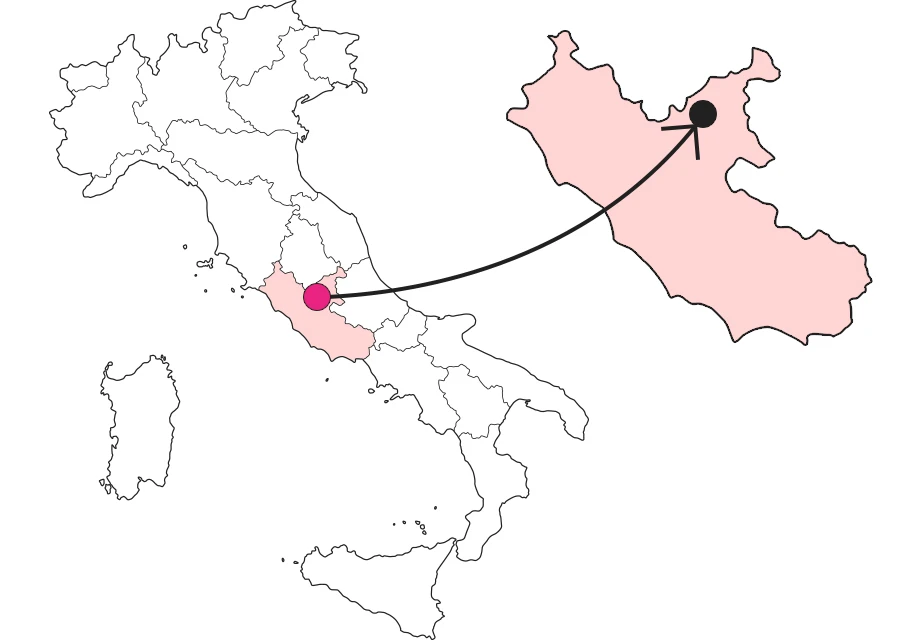SHARRYLAND


Where is

What it is and where it is
La Mola is a grain mill that is no longer used for grinding today. Its location in the Ovito Gorge, next to the ditch, was optimal to take advantage of the large amount of water. By the end of the 1990s it had remained only a ruin, but it was fortunately recovered: today we have a splendid building that fills us with pride. The place is extremely striking because of its location and the overwhelming and life-giving musicality of the rushing waters of the ditch.
Why it is special
What binds us to the Mola is an emotional bond. Throughout the history of our country, in fact, the Mola and the Ovito ditch have been central elements in the development of economic and productive activities. In addition to the Mola, there were other mills in the locality of "Pianemole." Some ruins are clearly visible near the confluence of the Ovito Ditch and the Turano River at two points not far from each other immediately below the provincial road, while numerous documents, artifacts and images attest to the existence of another mill near the disused Hydroelectric Workshop building, upstream from the road.
A bit of history
The Municipal Historical Archives preserves a notification dated August 22, 1866, by the Prefecture of Umbria - District of Rieti, regarding permission to take advantage of the waters of the Ovito ditch for the erection of a grain mill. Soon thereafter the "Mola" was built, which was added to those present in the "Pian delle Mole complex," located in the valley bottom at the confluence of the Ovito ditch and the then Turano river. On the other hand, it is from the early 1900s, in the locality of Pianemole, that a hydroelectric power plant was built that used a penstock to exploit the flow of the ditch and remained active until the 1960s.
Trivia
History tells us that flour and bread were often the cause of riots. Here with us, against the introduction of the milling tax, there were real popular uprisings with the complicity of local authorities. Even in more recent times we find lighter but significant episodes. It is 1944. A miller, caught grinding wheat without a "card" and brought to trial in the Rieti court, defended himself by explaining that it was not wheat but "sciattume" (waste) useful to revive the grindstone after a period of standstill. To the judge who, unfamiliar with the dialect term, reiterated the accusation, he replied testily and firmly, "Oh' fregna collo ranu! It was sloppiness." And he was acquitted.
Enter the Map of Italy's Undiscovered Wonders and find treasures where you least expect it... Inspire, Recommend, Share...
Contact
Collections
The Map thanks:
Enter the Map of Italy's Undiscovered Wonders and find treasures where you least expect it... Inspire, Recommend, Share...
Where is

Contact
Collections


